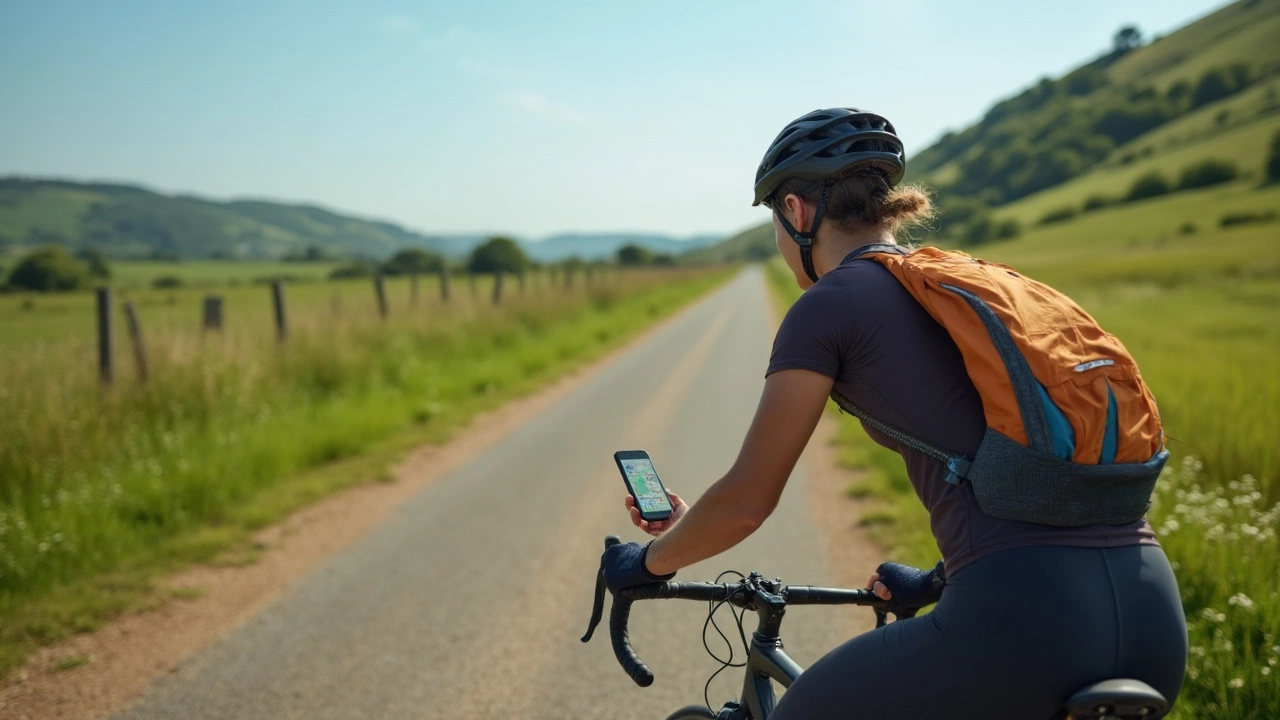
Biking GPS: How to Pick the Right Device for Your Ride
Ever wondered why some cyclists always seem to know the best routes? A good biking GPS does the heavy lifting. It shows where you are, tells you when to turn, and records data you can use to improve. The best part is you don’t need to be a tech wizard to get one working for you.
When you start looking at options, focus on three things: accuracy, battery life, and ease of use. Accuracy means the device tells you your exact position, even on winding mountain trails. Battery life matters because the last thing you want is a dead unit halfway through a long ride. And ease of use means you can glance at the screen without stopping or fumbling with settings.
Key Features to Look For
First up, look for a clear, sunlight‑readable screen. Bright sunlight can wash out a dim display, making it hard to see directions. Second, check if the GPS supports glonass or beidou satellites in addition to GPS. More satellite systems give a steadier signal, especially in city canyons or forested areas.
Third, see whether the device offers route planning and turn‑by‑turn navigation. Some cheaper models only record your ride, leaving you to plan ahead on a phone. Finally, think about connectivity: Bluetooth or ANT+ lets you pair the GPS with heart‑rate straps, power meters, or smartphone apps for deeper analysis.
Top Picks for 2025
Here are three solid choices that cover most budgets:
- Budget Buddy 2025 – Under £80, it gives decent accuracy and a simple interface. Battery lasts about 12 hours, perfect for weekend rides.
- Mid‑Range Pro X – Around £150, it adds glonass, a color screen, and Bluetooth connectivity. You can download routes from Strava directly to the unit.
- Premium Trailmaster – Over £250, it’s built for mountain bikers. Rugged case, 30‑hour battery, real‑time navigation, and auto‑lap tracking for race training.
All three models let you export ride data to popular apps, so you can review speed, elevation, and heart‑rate after you finish. If you ride mainly on roads, the Budget Buddy or Mid‑Range Pro X will be enough. If you hit technical single‑track, the Premium Trailmaster’s extra battery and durability pay off.
Before you buy, try the device in a store or watch a quick hands‑on video. Make sure the buttons are easy to reach while you’re on the bike and that the menu isn’t buried under layers of options. A device that feels natural to use will keep you focused on the trail, not on fiddling with settings.
Once you have your GPS, spend a few minutes setting up your preferred units – miles or kilometers, metric or imperial. Load a couple of test routes and ride them in a low‑traffic area. That way you’ll know the device’s voice prompts work for you, and you’ll see how long the battery lasts in real‑world conditions.
Remember, the best biking GPS is the one that fits your riding style, budget, and tech comfort level. Use this guide to compare features, read a few reviews, and you’ll be ready to pick a GPS that makes every ride smoother and more enjoyable.
